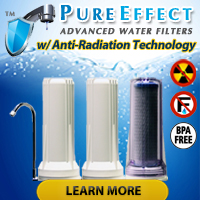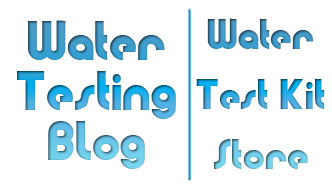A naturally occurring reddish metal that appears in rock, water, soil, sediment and in the air, copper has unique physical properties which make it perhaps one of the most commonly used and important metals. You can find copper in pennies, as part of electrical wiring systems, and in plumbing. You can also find it used in some pesticides and algaecides.
As humans we require a minute amount of copper to live, but as with anything, too much copper in a short period of time and prolonged exposure to excess copper can have detrimental effects on our health.
For that reason health officials suggest testing your drinking water for copper, and other things obviously, on a semi-regular basis… especially if you live in an older home, in an area that has older water delivery lines, or if you have well water.
How can you test for copper?
Previously you would have to use a test kit that used drops, tablets, powders, etc. or have your water tested by a water testing laboratory. As usual we suggest that people use water testing labs if they have serious reason to suspect drinking water contamination and that owners of wells have their water tested by a certified water testing lab at least once a year, for occasional testing needs you can use copper test strips such as the John’s Copper product manufactured by SenSafe.
If you think you may have a need to test your water for copper, then you may also want to test for other metals such as iron, manganese, mercury, and lead.
A test kit such as the Well Driller Master Test Kit has all those tests and more.








